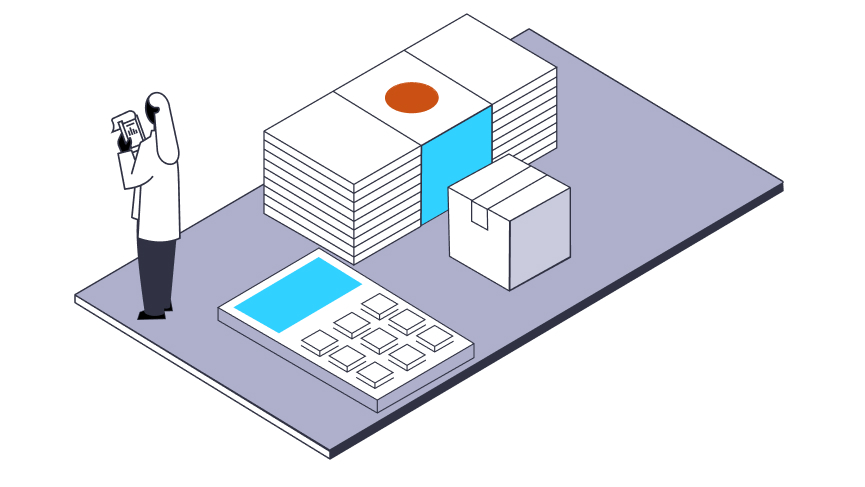Inflation pricing challenges for brands
NielsenIQ has partnered with many global leaders to help successfully navigate these turbulent times with advanced capabilities that enable FMCG firms to survive the current turmoil and thrive in the future. This topic was covered on our recent webinar, “How to land price increases during turbulent times.”
We’ve found that the input cost inflation is driven by massive disruptions in the global supply chain causing unprecedented inflation pricing, including increases in shipping costs (+300% YoY), a surge in commodity prices (+33% YoY), and increases to energy costs (+20% YoY) concurrently with a global demand surge as the world adjusts to a post-Covid economy.
Even during COVID-19, when volumes may have increased a lot, the one lever that makes the biggest difference on margin is price. Said differently, pricing is the most critical lever impacting the commercial results, above fixed, variable costs, or even volume sales. Indeed a 1% improvement in price equals an 11% improvement in margins.
Pricing power is a clear measurement of brand equity, but is also a clear indicator of company health. The ability to build a pricing management capability is critical to long-term success.
That is why even if leading companies understand the importance of profit contribution on proactive pricing strategy management, it remains difficult to implement, even more within a matrix company. Creating head room for future growth is the outcome of establishing and identifying a price and promotion playing field, developing shopper-centric price structures to maintain profitability, and finally, building an innovative plan for the product mix.
5 critical enablers to leverage a pricing strategy
1. Identify pricing opportunities
Since the COVID-19 sequence started, price tiers have dramatically shifted as the economy and the premium price-tiers experienced growth across most categories and countries.
Companies that identify these emerging demand spaces, both within and outside of the categories where they compete, can understand precisely where they have opportunities to effectively re-position pricing.
2. Develop an item-level pricing strategy
Setting an item-level pricing strategy informed by granular store-level pricing models is an efficient way of measuring the exact value of companies they create in the market by setting new prices.
3. Quickly implement competitive pricing actions
Understand different critical scenarios (price increase/decrease, promotional support) very quickly and anticipate them to react quickly when competitive threats are detected.
This leads to a clear understanding of the key commercial levers, which shows competitors’ actions and responses to a set strategy.
4. Activate a near-term price appreciation plan
Leaders activate a net price appreciation plan with full view of the brand P&L and the retailer P&L. Managing the gross to net price changes with a category lens enables an effective retailer sell-in story that justifies the price increases and how we plan to execute those price increases with a balance of everyday price and promotion intensity.
5. Use innovation for long-term price premiumization
This final point goes hand-in-hand with the previous one: when it comes to your “price” narrative, put innovation at the core of your story. Support your long-term value creation story by highlighting the innovation plan and all marketing and trade investments deployed to drive traffic and create headroom for category growth. Your innovation pipeline story details how new brands, formats, and packaging will meet new consumer need states thereby commanding a premiumization of prices.
What’s next for combating inflation pricing?
In these sensitive times, with the Covid pandemic and its effects on economic turbulence, consumer price sensitivity goes up, while price elasticities shift depending on category and need.
An efficient pricing strategy is critical to have a broader approach when in turbulent times. Analyzing the needs and, reactions of the market as well as customers proactively leads to clearer long-term pricing plans. This adds strength to a business and deeper engagement with customers, enabling a company to mastering leadership in the market.






